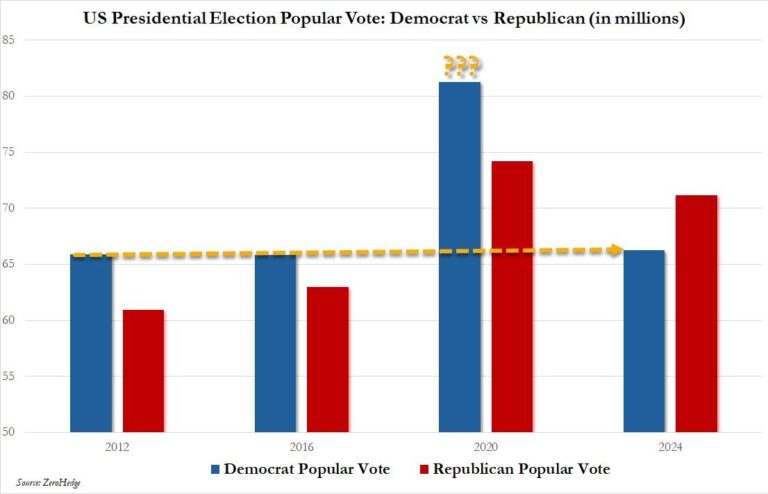Ross Douthat posed an important question in the New York Times today, asking, “Can Liberal Christianity be Saved?”
I guess CMR’s answer would be that it probably could if anyone were interested in saving it. Anyone under 60 that is.
This piece is dead on. Douthat is essentially playing the role of the Mayans here and liberal Christianity is the world. In short, Douthat’s wearing the lunch board proclaiming that bad things are nigh for liberal Christianity. (You ever notice that nothing ever good is “nigh.” If it’s “nigh” it’s bad.)
Check this out and then snicker that New York Times editors had to read this and print it. Oh the pain!!!
…today the Episcopal Church looks roughly how Roman Catholicism would look if Pope Benedict XVI suddenly adopted every reform ever urged on the Vatican by liberal pundits and theologians. It still has priests and bishops, altars and stained-glass windows. But it is flexible to the point of indifference on dogma, friendly to sexual liberation in almost every form, willing to blend Christianity with other faiths, and eager to downplay theology entirely in favor of secular political causes.
Yet instead of attracting a younger, more open-minded demographic with these changes, the Episcopal Church’s dying has proceeded apace. Last week, while the church’s House of Bishops was approving a rite to bless same-sex unions, Episcopalian church attendance figures for 2000-10 circulated in the religion blogosphere. They showed something between a decline and a collapse: In the last decade, average Sunday attendance dropped 23 percent, and not a single Episcopal diocese in the country saw churchgoing increase.
This decline is the latest chapter in a story dating to the 1960s. The trends unleashed in that era — not only the sexual revolution, but also consumerism and materialism, multiculturalism and relativism — threw all of American Christianity into crisis, and ushered in decades of debate over how to keep the nation’s churches relevant and vital.
Traditional believers, both Protestant and Catholic, have not necessarily thrived in this environment. The most successful Christian bodies have often been politically conservative but theologically shallow, preaching a gospel of health and wealth rather than the full New Testament message.
But if conservative Christianity has often been compromised, liberal Christianity has simply collapsed. Practically every denomination — Methodist, Lutheran, Presbyterian — that has tried to adapt itself to contemporary liberal values has seen an Episcopal-style plunge in church attendance. Within the Catholic Church, too, the most progressive-minded religious orders have often failed to generate the vocations necessary to sustain themselves.
Both religious and secular liberals have been loath to recognize this crisis. Leaders of liberal churches have alternated between a Monty Python-esque “it’s just a flesh wound!” bravado and a weird self-righteousness about their looming extinction. (In a 2006 interview, the Episcopal Church’s presiding bishop explained that her communion’s members valued “the stewardship of the earth” too highly to reproduce themselves.)
Liberal commentators, meanwhile, consistently hail these forms of Christianity as a model for the future without reckoning with their decline. Few of the outraged critiques of the Vatican’s investigation of progressive nuns mentioned the fact that Rome had intervened because otherwise the orders in question were likely to disappear in a generation. Fewer still noted the consequences of this eclipse: Because progressive Catholicism has failed to inspire a new generation of sisters, Catholic hospitals across the country are passing into the hands of more bottom-line-focused administrators, with inevitable consequences for how they serve the poor.


